Meet the Yorkshireman Who Kayaked Across the British Isles
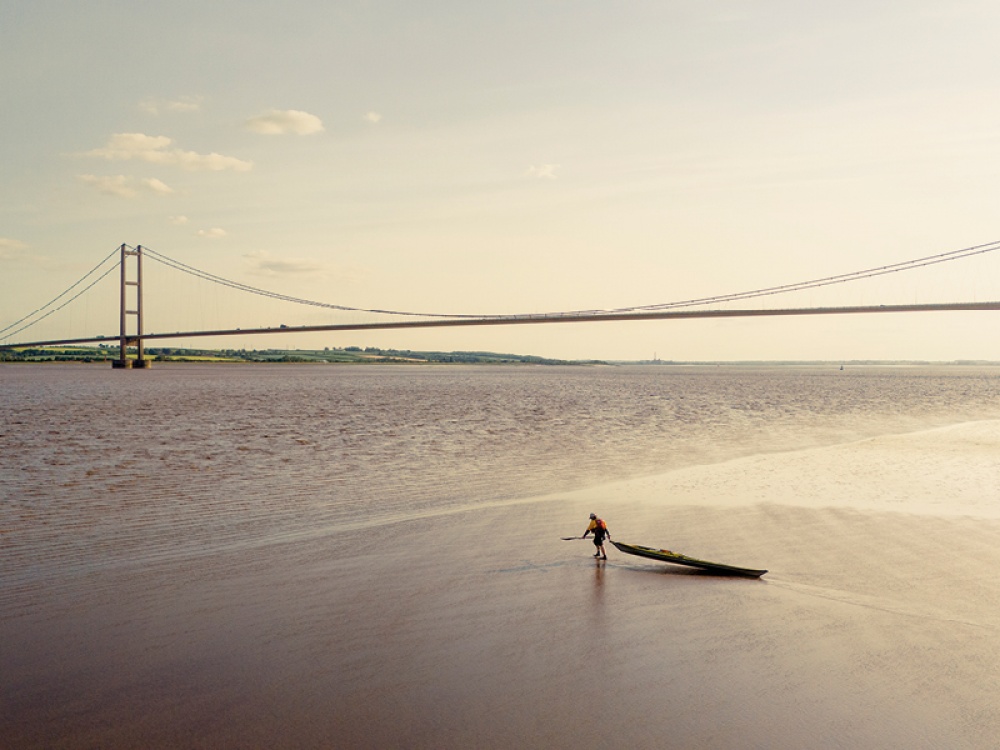
North Yorkshire adventurer Jim Mee recently kayaked his way across the breadth of the British Isles
Navigating more than 500 miles through the canals, rivers and coasts of the British Isles by kayak is undoubtedly a daunting undertaking for anybody, but if there was one man for the job, it would be Jim Mee, who has years of experience to draw on.
Beginning with family hikes, Jim discovered a love for the outdoors which was nurtured from a young age. Hikes, cadet expeditions in Scotland and trying every new activity that came his way meant that Jim was prepped for a life of adventure.
‘I was in the RAF reserve at uni, and led an air force expedition cycling across the US,’ he tells us. ‘That was my first big trip. Ironically, that trip convinced me that I probably didn’t actually want to go into the military, I wanted to do more of this adventure stuff.’ That decision led Jim across the world, from the mountains of Scotland and the Alps, to Russia, Alaska and South America. It was while considering undertaking Everest on top of Alpamayo in Peru that Jim decided to turn his love of adventure into a business. ‘That’s where I came up with the idea for Rat Race,’ he says.
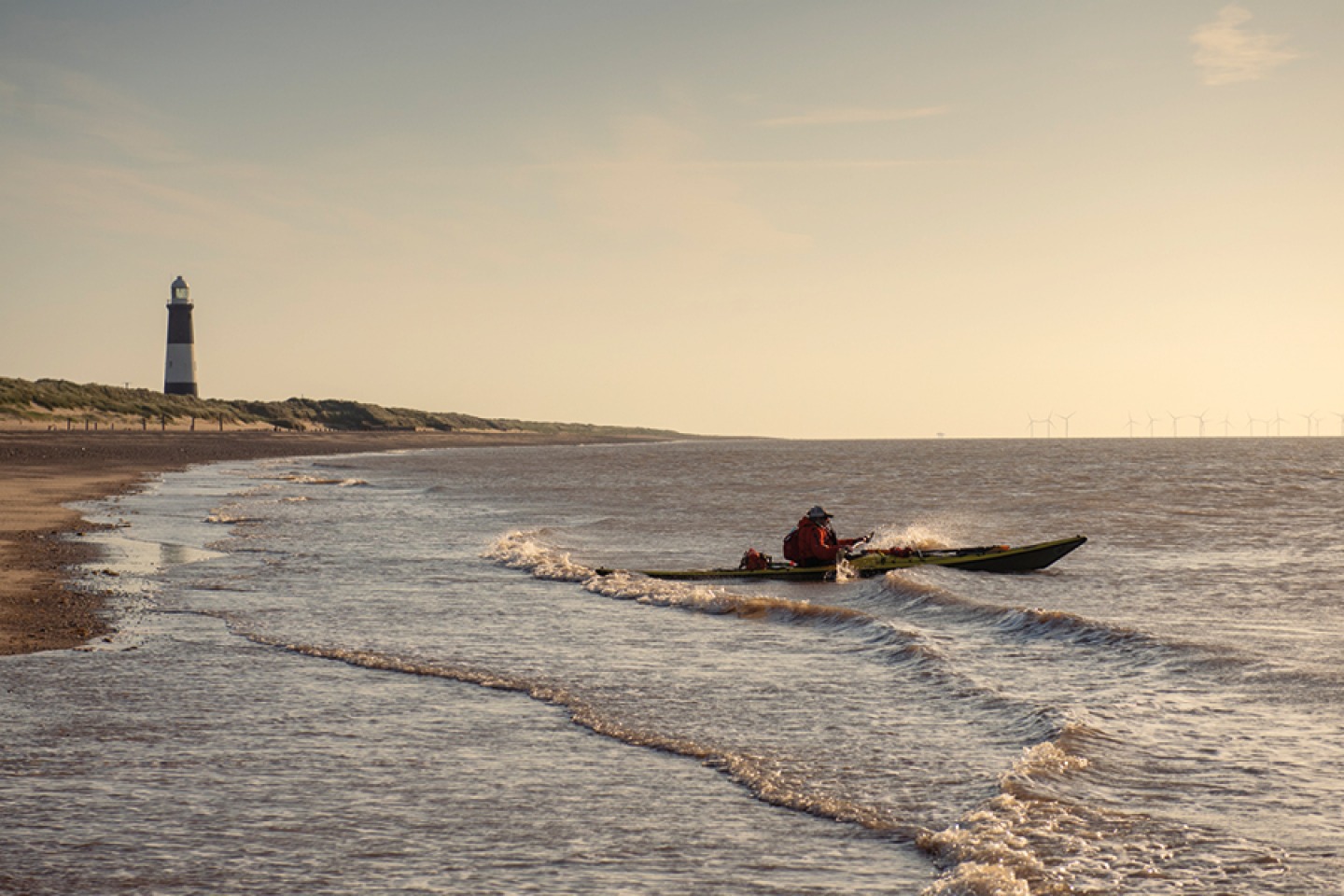
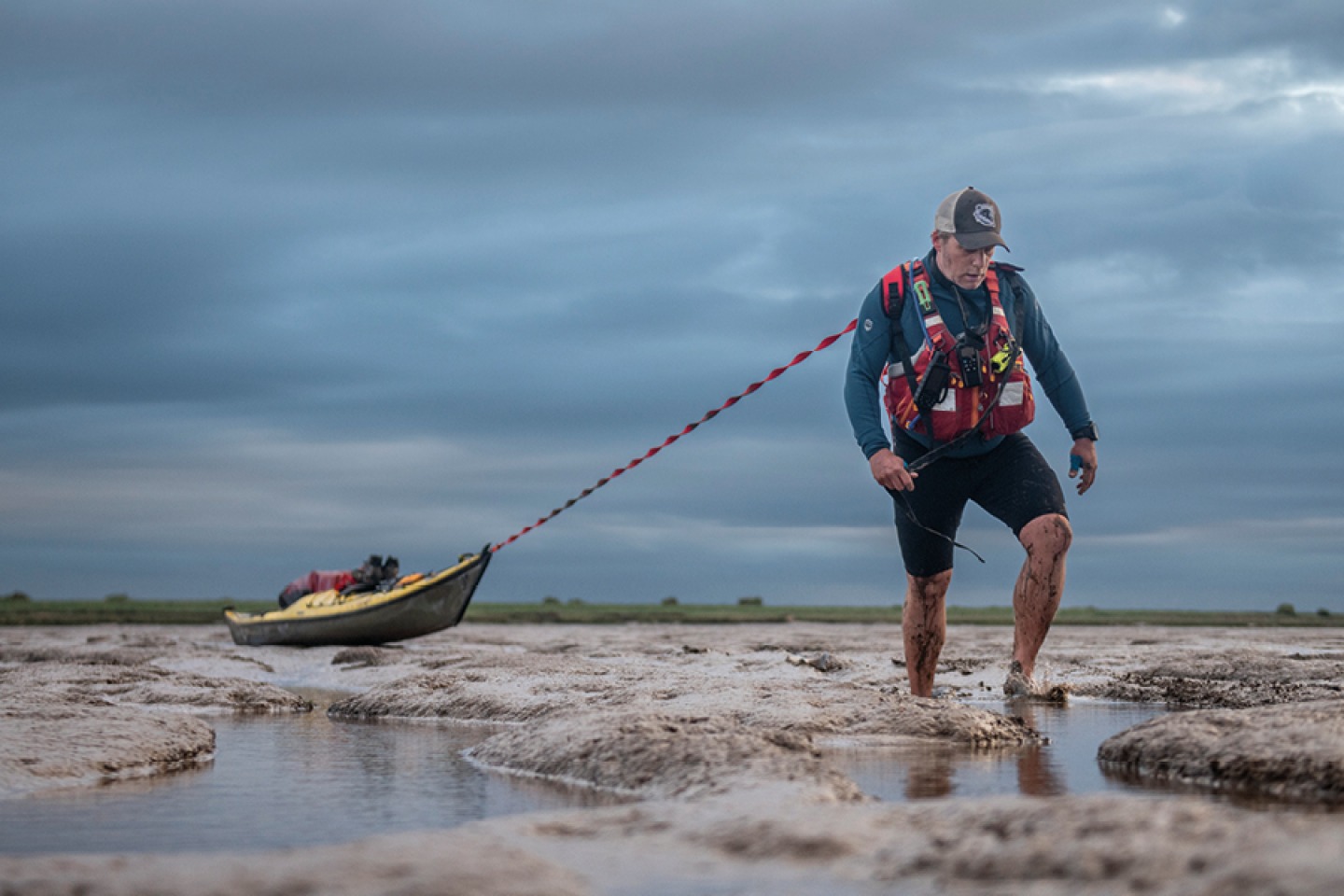
What began as an urban adventure event blossomed into what’s now a global adventure company. ‘Now I run an adventure sports business based in Yorkshire,’ Jim explains. ‘We operate all over the world, on all seven continents, across 50 different countries.’ Yet somewhere among all of this, Jim still finds time to dream up his own adventures. Most recently, a never-done-before 21 day expedition kayaking from the Humber to the west coast of Ireland, across the width of the British Isles. ‘Over the course of several years I’ve been lucky enough to kayak in some of the most incredible locations on earth – Greenland, the Antarctic, the Tropics, and I’m just back from the Pacific,’ he says.
In comparison, the gentle rolling greenery and quiet waterways of the British Isles may seem like a simple enough challenge, but it took a good deal of planning nonetheless. ‘A lot of these things start with a kernel of an idea, a drink down the pub and a look at the map,’ he explains. ‘Knowing the UK well having run trips for 20-odd years, I’ve got a fairly good base of knowledge, but I always like looking at lines on maps and routings. There’s so many waterways here – we’ve got such a varied coastline, and we’ve got all these inland waterways as well that a route might come together that connects all of it right through the UK and Ireland.’
Able to pull together a number of possible routes through the British Isles, Jim landed on one which began at the Humber. ‘It was quite cool to be looking at a route that started quite close to home, and that’s why I settled on the line from the Humber,’ says Jim. ‘The route I took in the end started on the North Sea coast, at Kilnsea, and came past Spurn Head and into the Humber Estuary.’
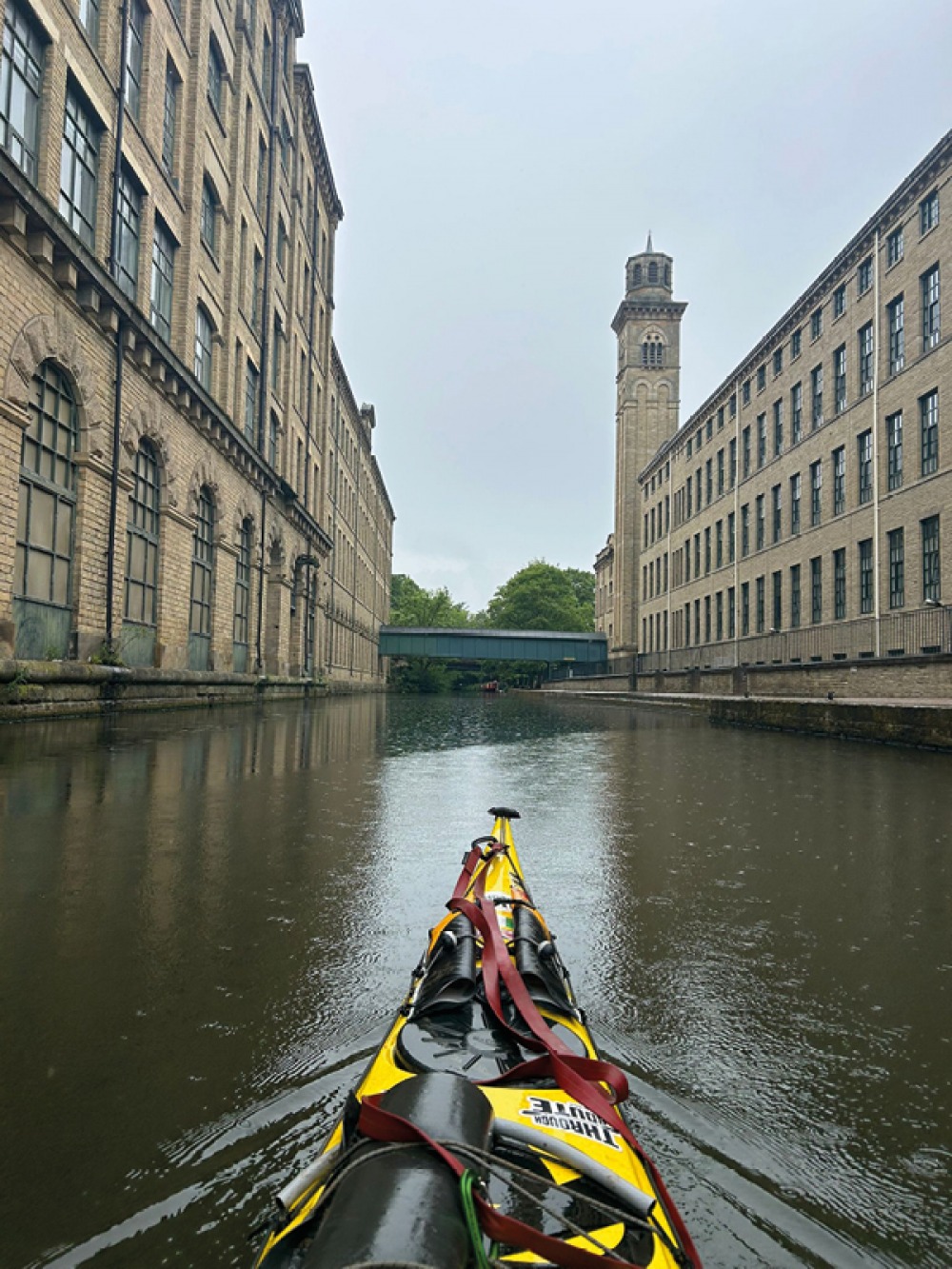
Jim followed the Humber up to where it joins with the River Ouse, before joining the canal network near Goole, and spent days travelling along the Aire and Calder Navigation (the canalised section of the River Aire and Calder in West Yorkshire) before making it to the Leeds and Liverpool Canal. ‘I was on the Leeds and Liverpool canal all the way to Liverpool which is about 130 miles, all the way across West Yorkshire and into Lancashire and Merseyside,’ he explains. ‘From there you come out of the canal system and into the River Mersey which is tidal.’
From the mouth of the Mersey, Jim hugged the coast down to North Wales and Anglesey, where he crossed the Irish Sea to Dublin and was once again back into canals. ‘I took Grand Canal that connects with the River Shannon. It goes into a big lake, called Lough Derg which is part of the Shannon.’ From there, Jim travelled through Limerick and rejoined the Shannon to head out to the coast.
No stranger to testing his physical limits, Jim emphasises he’s not an athlete, and expeditions like this are about finding your body’s natural rhythm. ‘When you’re doing this sort of stuff day in and day out, you achieve a bit of a conditioning and you get to know what your body is capable of,’ he explains. ‘Certainly from my own observations, you get three or four days in and your body just accepts what’s happening. Unless you get injured you can do that for a long time.’
Giving yourself a good foundation to work from is key. ‘It involves getting good rest, it involves coming up with a procedure and timetable each day that is reasonable and it involves good nutrition – if you are doing that, it’s amazing what the body can do,’ says Jim. ‘I’m not some elite athlete – I like my beer, I like good food, I don’t spend endless days and nights training. I’m a regular person, but I guess I understand what my body’s limits are and what my body’s capabilities are, and just try to work within that.’
Even for someone as experienced and prepared as Jim, plans can still go awry – the important thing is being flexible. ‘For the most part I was on my own, but there were one or two sections that I did with others for safety reasons, or just for a bit of company, and when I went up the Humber I actually kayaked for two days with a guy that I know well,’ Jim recalls. ‘One of the things about the Humber [is] it’s got a fairly big tidal range. When it’s low tide, the sides of the estuary are all mud and there’s very few places where you can get out of the river so we had to pick our locations quite carefully, and if you don’t make one of those locations then it really is quite difficult – we didn’t make Goole.’ Luckily, Jim had looked at a back-up exit strategy beforehand at Blacktoft, but even then it took the pair over an hour and a half to make it up the bank of the river with their kayaks, taking them well past midnight.
‘When you’re doing this sort of stuff day in and day out, you achieve a bit of a conditioning and you get to know what your body is capable of’
On a more typical day, Jim stuck to a routine of early mornings and around 12 hours on the water at a time. This time alone gave Jim the chance to see the landscape from a unique perspective. ‘You go through a lot of urban areas and a lot of really nice areas,’ he says. ‘You’re going through suburban Bradford, Shipley, Blackburn, Burnley, Liverpool, and when you say all those locations you don’t necessarily think that they’re going to be beautiful, but it’s like a corridor of green, like an oasis of calm.’
Passing through as a silent spectator allowed Jim to see people in their quiet moments. ‘Because I was on the waterways you see a big cross-section of society – people on the canal lost in their phones, stopping for a chat, people going about their business, people commuting into work, people sleeping under canal bridges because they’ve got nowhere else to go. All of that combined made it a really powerful human experience.’
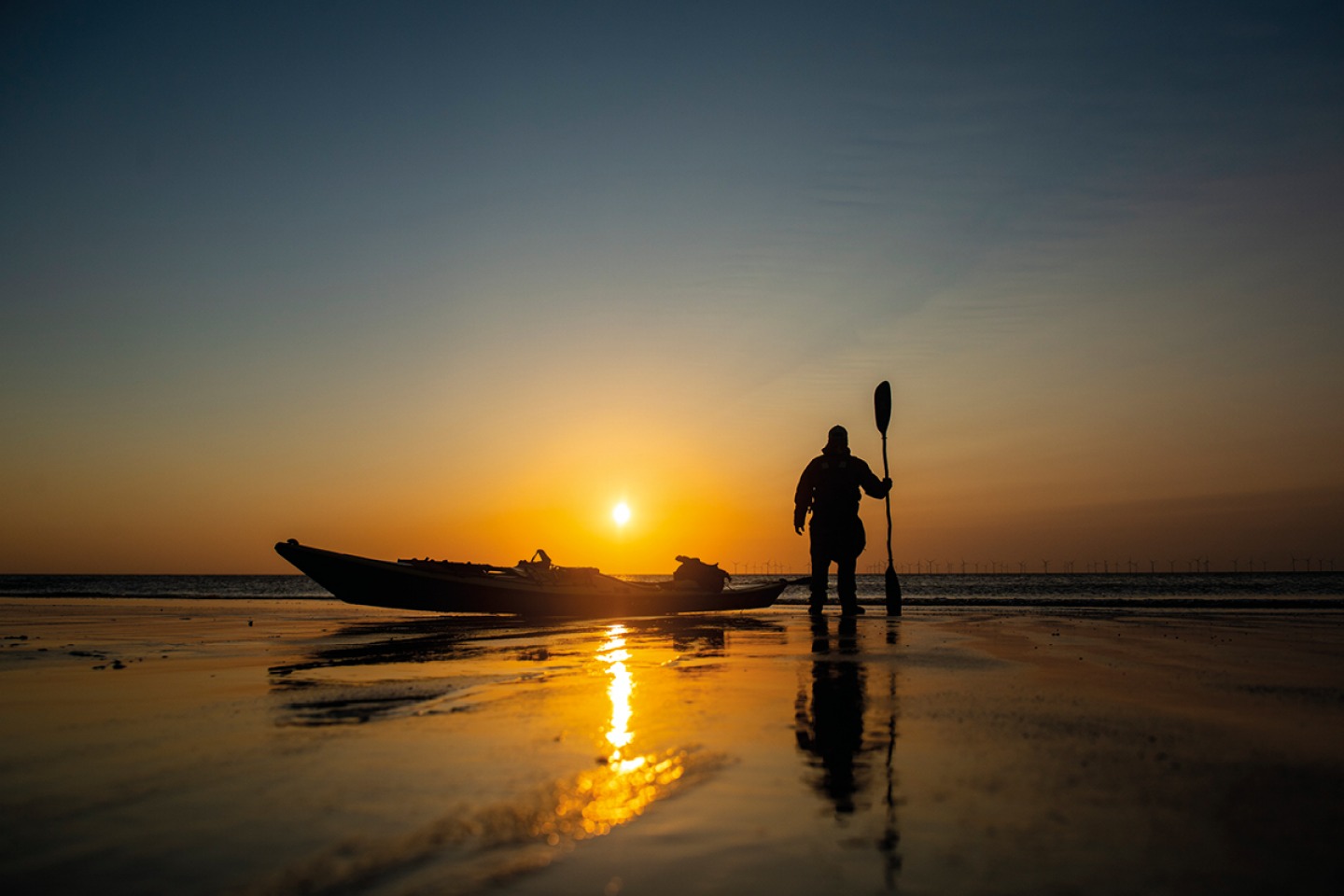
The journey is as much emotional as it is physical, and gave Jim ample time to reflect. ‘I think one of the things it gives you more than anything else in life is time in your own head,’ he explains. ‘With kayaking it’s quite odd. It’s quite a metronomic motion so you get into this state where you’re thinking and processing things that have happened in your life.
‘Ultimately, the whole mantra of Rat Race is extraordinary adventures for everyday people, and that is what I am. You can find a journey in many things in life, whether it’s setting out on a challenge like this or it’s saying right, this weekend I’m going to take the bike, I’m going to get on the train and I’m going to cycle home. That sense of undertaking a different journey is really exciting. It’s that sense of purpose that gives you the catalyst to go out and do something.’







